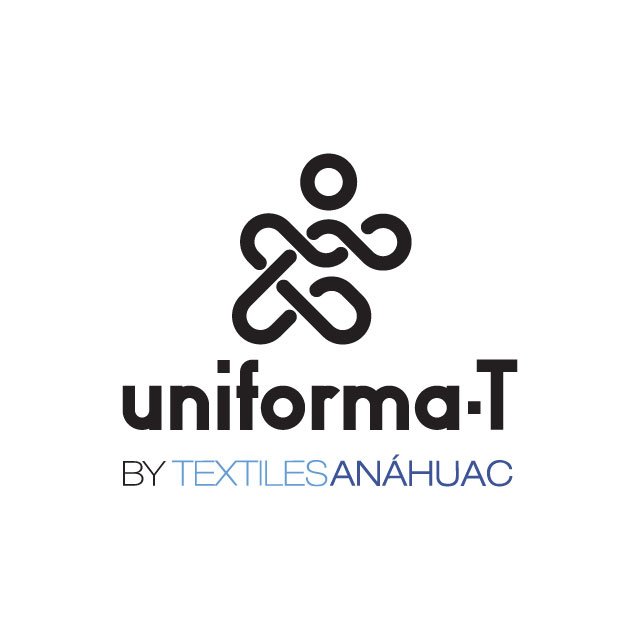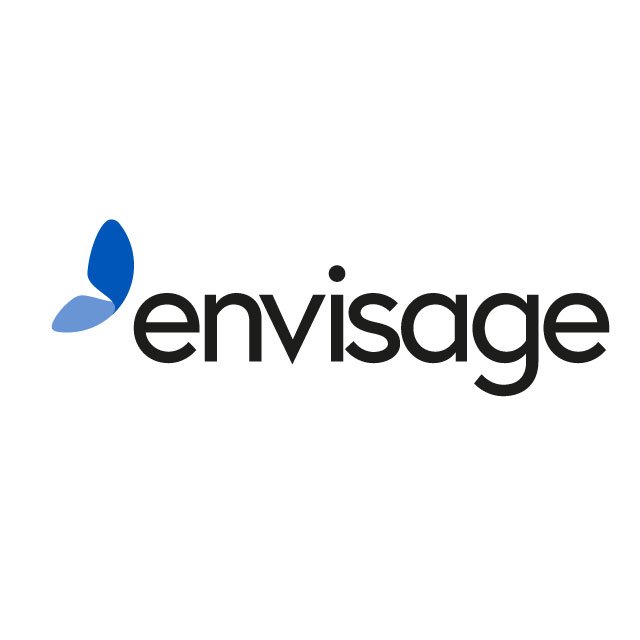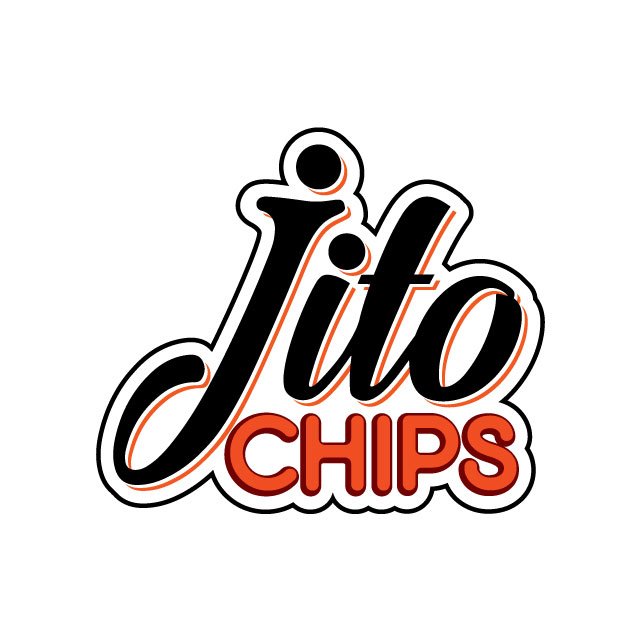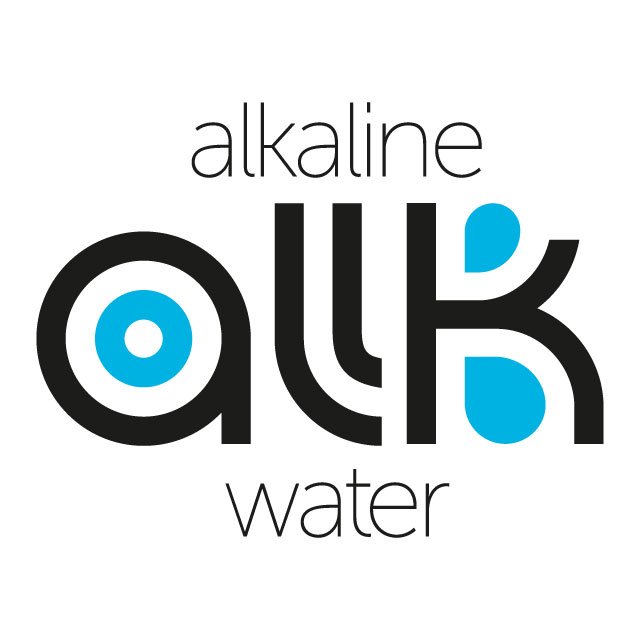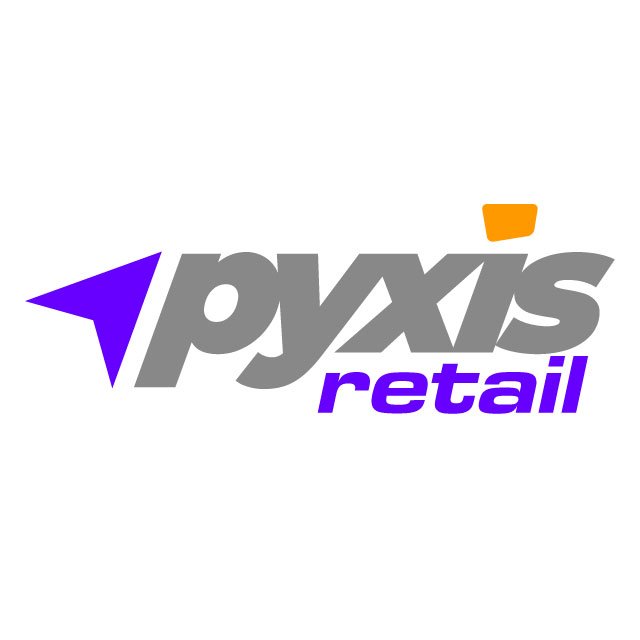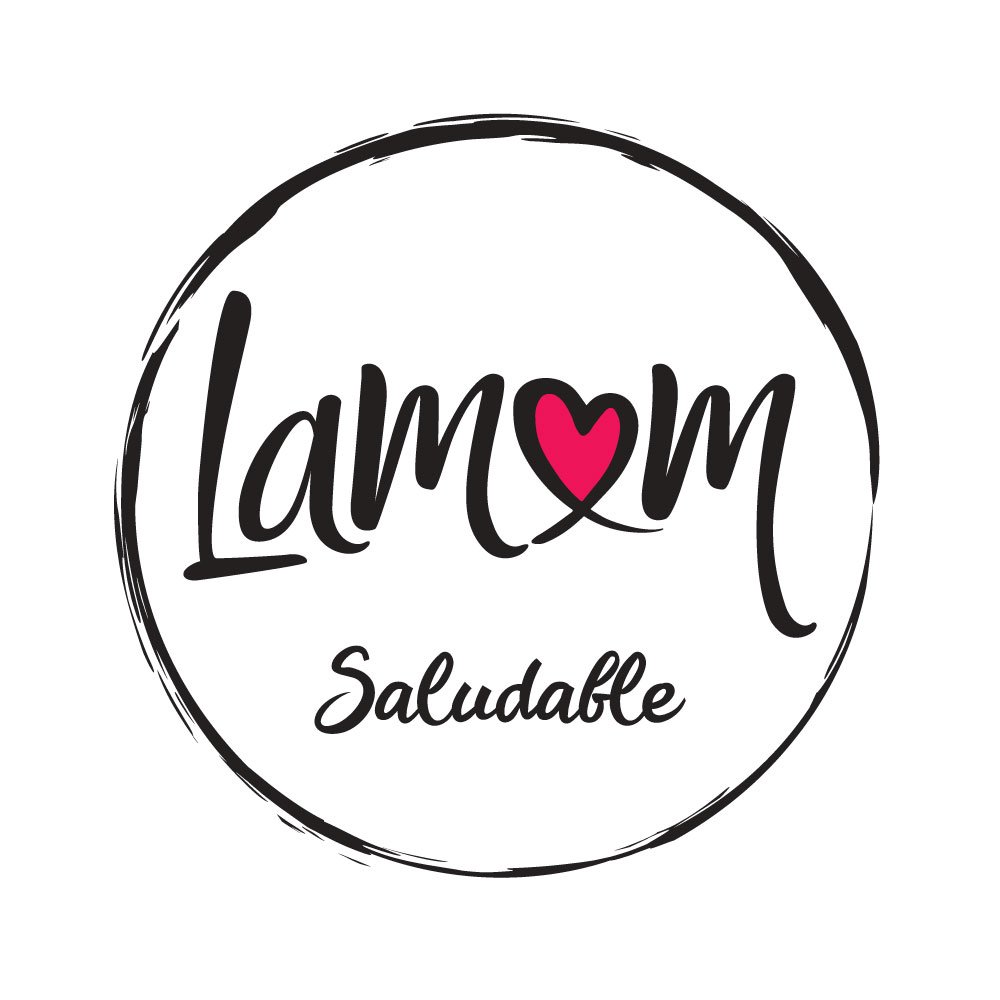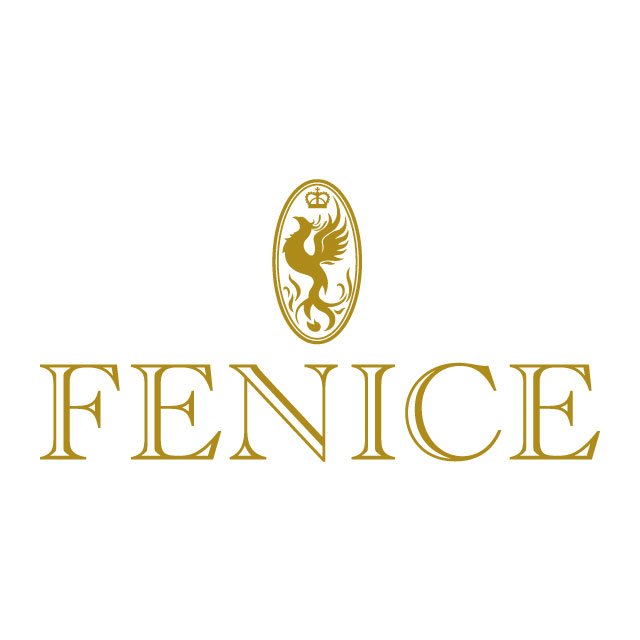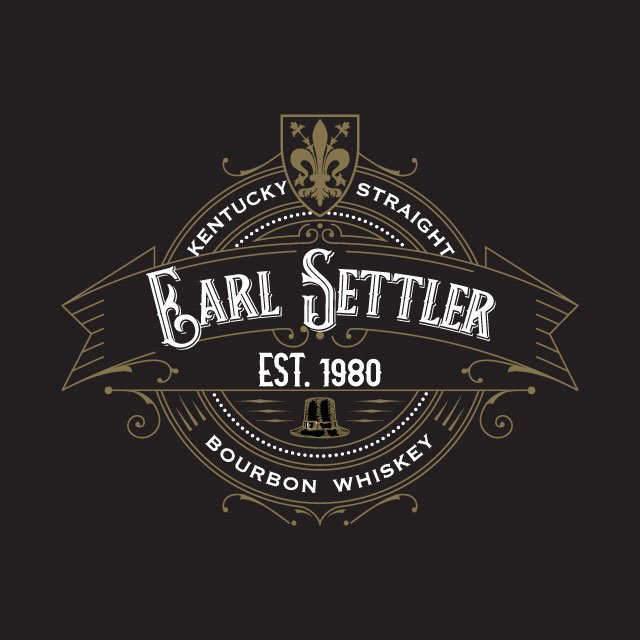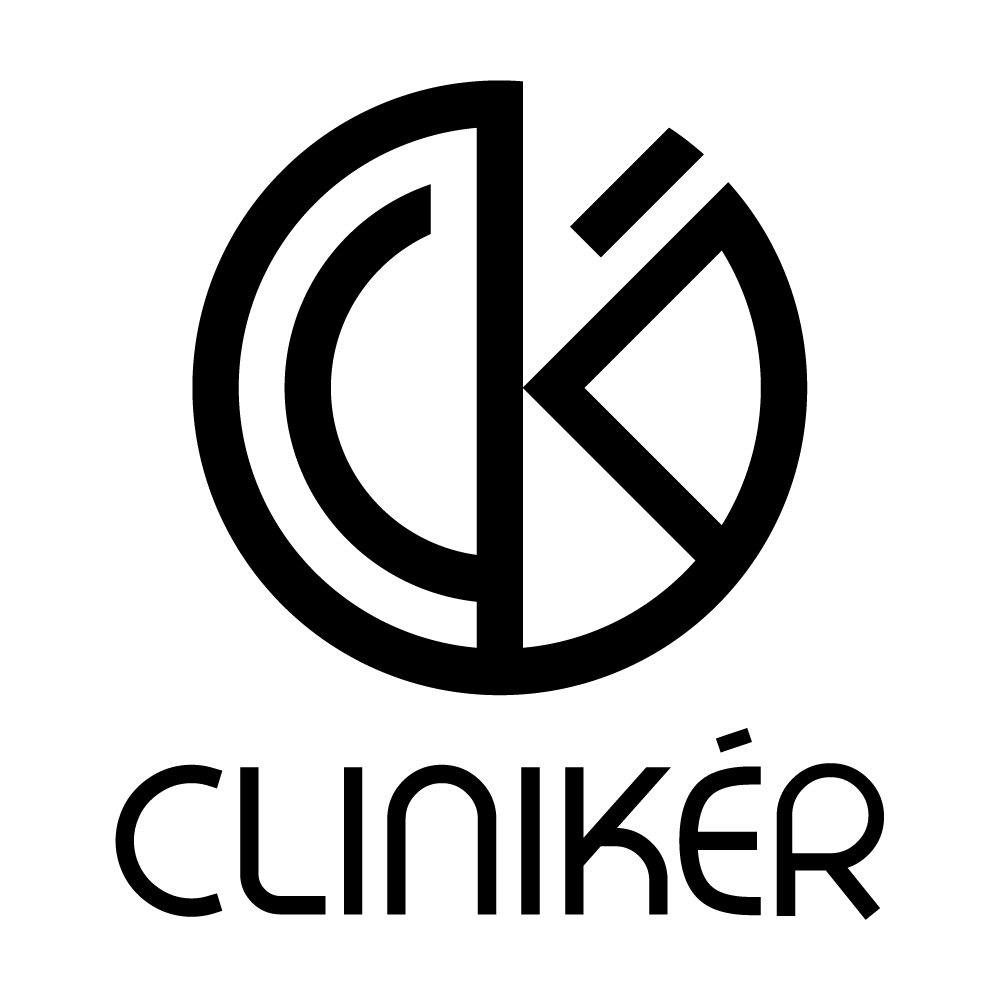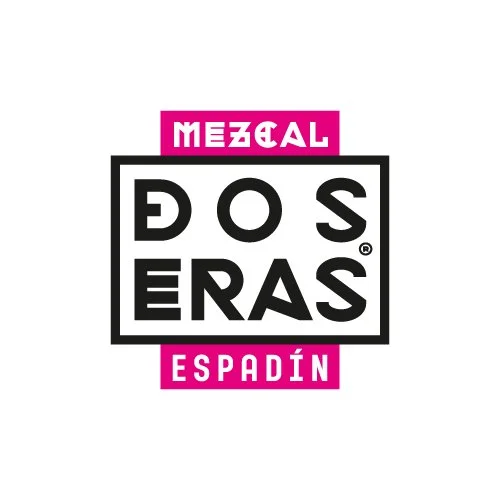Branding and Design Agency
Let's Discuss Your Brand
We invite you to tell us about your brand. A member of our team would be happy to schedule some time to discuss your unique needs and objectives.
Our goal is to develop a customized proposal that strategically promotes your brand's message and values. We have experience working with companies of all sizes across various industries.
Please provide a brief overview of your company and what you hope to accomplish. One of our representatives will then reach out to learn more and discuss how we can best support your marketing and communication goals.
We look forward to learning about your brand and exploring how we can help you succeed.
brand services
The name is the first conception and the most evocative and abstract representation of a brand. It is usually the first critically important decision in defining the identity that will accompany a consumer product. A successful name will bring together a set of characteristics and also be registrable so ownership, use and protection can be established. Choosing the right name is vital as it will be the first impression and representation of the brand in the marketplace. An effective name should clearly communicate what the brand stands for while also being distinctive, memorable, and where possible, inherently positive. Considerations around meaning, pronunciation, versatility, and legal registration will all factor into selecting a name that can help distinguish the product and optimally represent the brand.
Creating an instantly recognizable brand in today's saturated marketplace is a team effort requiring designers, illustrators, brand strategists, and consumer behavior researchers. The aesthetic qualities of a visual identity can help reinforce the positioning and personality of a product. Coordinated efforts between professionals in fields such as design, illustration, brand strategy, and consumer research as provided by BRANDWATCH are necessary to develop the brand identity system that cuts through the noise to reach today's discerning consumers.
Registering a trademark in Mexico is a complex operation that should be overseen by intellectual property specialists to ensure the highest possible rate of success. A trademark that is designed without good odds of acceptance can result in significant monetary and time losses for an emerging brand, forcing it to start from the beginning. Intellectual property experts can analyze all relevant factors to optimize the trademark application process and avoid wasted efforts. Their expertise helps navigate statutory procedures and avoid common pitfalls, expediting approval. A strategic, compliant trademark supported by legal counsel improves businesses' chances to protect their innovation and differentiate in the market.
Creating Memorable Brands for Mexican Businesses
When thinking about Mexico's most successful brands, what names come to mind? Companies like Telmex, Bimbo, Modelo or Corona are probably on your list. These companies have one thing in common: they all have strong brands that have endured for generations. A memorable brand does not happen by accident. Behind every great brand is an intentional design process that begins with understanding the essence of the business and ends with creating a unique visual identity.
This brand design process, known as branding, is fundamental to the success of any business. A strong brand allows you to stand out from the competition, generate loyalty from customers, and increase the value of your company. If you are ready to take your business to the next level, it's time to invest in an unforgettable brand.
When introducing a new product or service to the market, it is done with the idea of providing something unique, a valid option against competition in terms of quality, freshness, results, price, formula, speed, or some other characteristic.
But with so many alternatives available in the market, many times the customer or potential consumer thinks there is a lot to choose from, but few authentic options.
In this era of abundance and specialized niches, each new offer must be differentiated in reality but also in the perception of its market. Companies can be sure of the benefits their products provide but without an effective brand positioning and development strategy, their customers will not give them the opportunity to try them.
If you need to create or refresh a brand to improve persuasion and secure a market segment, we have the experience to help you create a brand that conveys the unique qualities of your service or product.
Every project has its particularities, but in general terms the brand development process, called branding, involves:
- Immersing yourself in market dynamics.
- Studying customer or consumer habits, attitudes and motivations.
- Creation, development and refinement of verbal and visual language.
- Application and extension of the brand to optimize its place in the market.
A strong brand is fundamental to the success of any company. For Mexican companies, professional branding can mean the difference between failure and success, especially in such a competitive market.
A solid brand conveys trust and inspires customer loyalty. It allows companies to stand out from the competition and charge a premium price for their products or services. Effective branding also increases a company's value and makes it more attractive to potential investors or buyers.
To build a powerful brand requires an integrated strategy that includes:
- A memorable and distinctive brand name. It should evoke the core qualities and attributes of the business.
- An iconic and cohesive logo. The logo is the visual representation of the brand and must instantly convey its essence.
- Distinctive brand colors. The right colors can influence customer emotions and associations with the brand.
- Representative slogan or phrase. A good slogan succinctly and memorably captures the brand's essence.
- Cohesive visual identity. The visual identity encompasses the visual language of the brand across all touchpoints, from the website to social media, product packaging and more. It must be consistent to reinforce the brand.
Investing in solid branding is one of the most important decisions a business can make. Strong brands generate significant returns, while weak brands limit a company's growth and potential. For Mexican businesses, professional branding is the key to success.
Why designing Mexican brands presents unique challenges?
The Importance Of Professional Branding For Businesses In Mexico
A strong brand is fundamental to the success of any company. For Mexican companies, professional branding can mean the difference between failure and success, especially in such a competitive market.
A solid brand conveys trust and inspires customer loyalty. It allows companies to stand out from the competition and charge a premium price for their products or services. Effective branding also increases a company's value and makes it more attractive to potential investors or buyers.
To build a powerful brand requires an integrated strategy that includes:
- A memorable and distinctive brand name. It should evoke the core qualities and attributes of the business.
- An iconic and cohesive logo. The logo is the visual representation of the brand and must instantly convey its essence.
- Distinctive brand colors. The right colors can influence customer emotions and associations with the brand.
- Representative slogan or phrase. A good slogan succinctly and memorably captures the brand's essence.
- Cohesive visual identity. The visual identity encompasses the visual language of the brand across all touchpoints, from the website to social media, product packaging and more. It must be consistent to reinforce the brand.
Investing in solid branding is one of the most important decisions a business can make. Strong brands generate significant returns, while weak brands limit a company's growth and potential. For Mexican businesses, professional branding is the key to success.
Why designing Mexican brands presents unique challenges?
Brand design in Mexico presents unique challenges that must be addressed from the visual identity perspective. Mexico's enormous regulatory complexity in logo design means that most brands must be registered as mixed, avoiding criteria like denomination. Due to the large amount of regulations surrounding the design of logos and brands in Mexico, companies face the challenge of creating visual identities that meet all legal requirements for registration, so they generally opt for designs that combine verbal and graphic elements to ensure legal protection, rather than being based solely on a name.
This complexity in brand design in Mexico means that the identities of a sector must be much more separated from each other and that industry codes vary more compared to other countries in the region. The significant existing regulation in the country regarding brand design causes it to be necessary to further increase the visual and conceptual distinctions between different companies within the same industry in order to clearly differentiate one corporate identity from another. Similarly, the design codes used to identify specific industries tend to present greater variations in the case of Mexico with respect to neighboring nations, in order to maximize the possibilities of registration for each brand.
Logo design in Mexico must follow guidelines for distinction and application across omnichannel platforms. A brand design approach focused on user experience and visual behavior to generate preference. When creating a corporate identity that meets Mexican legal requirements, it is essential that the logo follows principles of visual differentiation from other existing brands and that it can be consistently adapted to all communication channels and platforms where the company wishes to be present. The brand design must also focus on understanding consumer behavior and visual preferences, so that the identity generates recognition, recall and preference among the target audience.
How Do We Create Brand Identities That Stand Out And Connect With Consumers?
IDENTIFYING the brand's purpose and values
To create an effective brand identity, we first identify the core purpose and values of the business. What is its mission? What problem does its product solve? What fundamental values guide its operations? Answers to these questions will lay the foundation for designing an authentic and enduring brand.
CLEARLY DEFINING the brand positioning
We guide clients to concretely define how their brand will position itself in the market. What makes it unique? What benefits does it offer that competitors do not offer? Its positioning must resonate with its target audience and differentiate it from similar options.
DESIGNING memorable brand names
A good brand name is fundamental. It must be easy to pronounce, write, and remember. It should also evoke the key qualities and attributes of the brand. It can be based on descriptive words from its industry or create a unique new word. We seek creative solutions while maintaining simplicity.
Designing cohesive logos and visuals
The logo, typography, colors and other visual elements must work together to convey the brand positioning. It should be professional but also inspire trust or joy in the target audience. Consistency across all touchpoints, from the website to business cards, is essential to forge recognition and loyalty.
With a clear purpose, distinctive positioning, memorable name and cohesive visual identity, a powerful brand can be built that resonates with consumers. Consistency and authenticity are keys to success. Following these steps will put the business on the right track.
“Brand isn’t a logo. Brand isn’t what’s in your mission statement. And brand is definitely not what your Chief Marketing Officer insists it is. Your brand is simply a promise. It’s a shortcut that everyone you engage with uses to figure out what to expect.”

